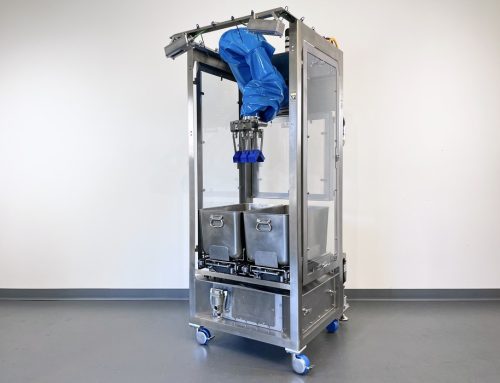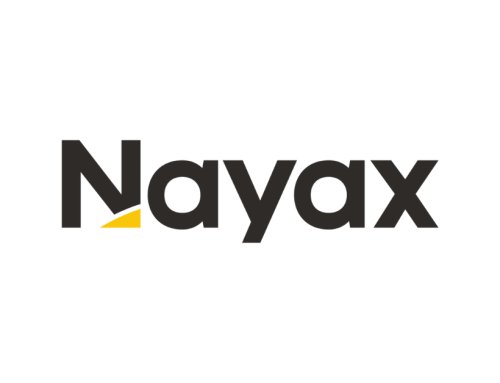
Bitcoin ATMs are becoming more common across the globe, with 45,000 in North America alone. Wayne Vandekraak, CSO of OptConnect shared some guidance at how to handle Bitcoin ATM connectivity.
Bitcoin ATMs are becoming more common across the globe, with 45,000 in North America alone. Wayne Vandekraak, CSO of OptConnect shared some guidance at how to handle Bitcoin ATM connectivity during a session at the ATMIA conference held from Feb. 8 to 10 in Orlando, Florida.
First, Vandekraak brought up that data consumption between Bitcoin ATMs and traditional ATMs are different. For one, traditional retail ATMs typically only need a Catm1 router, while Bitcoin ATMs need routers that offer much faster speeds at about 150 mbs download and 50 mbs upload.
Also, downtimes are far more damaging for Bitcoin ATMs for traditional ATMs for one reason: Bitcoin ATMs have less overall transactions but the transaction size is much larger than for traditional ATMs.
“If it’s down even for a couple of minutes, that’s gonna have big consequences,” Vandekraak said.
With this in mind, Bitcoin ATM operators need to have a connection that is steady and reliable. Vandekraak gave a number of pointers to make this happen.

First he recommended adding a tool to allow you to reboot and power cycle the ATM remotely. By using a tool like the one offered by OptConnect, ATM operators can fix this issue in minutes, when it would normally take a truck coming out to the ATM.
Next, Vandekraak said users should invest in good line conditioners to keep power flowing and a connectivity backend platform to measure connectivity over time. By accessing a platform like this, operators can quickly identify when there are major outliers or dips in connectivity and respond to those issues accordingly. He mentioned a time where one gas station ATM saw major dips in connectivity every Tuesday at a certain time due to a truck that had a lot of liquids in it that parked outside the gas station on Tuesday.
Bitcoin ATM operators also need to consider what type of connectivity to use for the ATM: local Wi-Fi, Ethernet or cellular.
Vandekraak said that local Wi-Fi has many issues. For one, it can have significant downtime, and you are reliant on the retailer or establishment to provide easy access to the Wi-Fi and to inform you when there are issues or password changes. The same issue applies with Ethernet since ATM operators are still reliant on the local connection.
With cellular, Vandekraak said operators have a more reliable connection and more control.
“You put a router inside with an antenna and in 60 seconds, it’s up. It gives more flexilbility, security and control,” Vandekraak said.
So, how do Bitcoin ATM operators choose a connectivity provider? Vandekraak gave a few things to look for, including:
- 24/7 support.
- Quality control.
- Overnight shipping.
- Monitoring connection of devices and mobile carriers.
By finding a good partner, operators can help reduce downtimes, and in turn protect their investments.
Souce: ATM Marketplace















